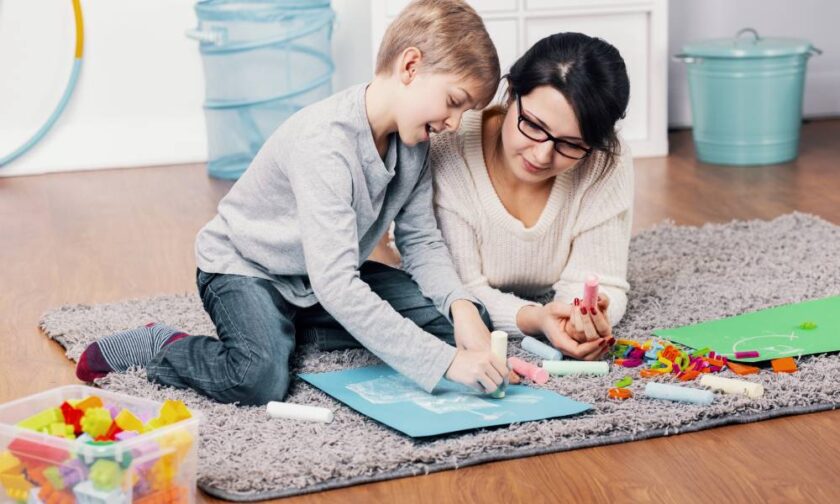Each day brings new experiences and learning opportunities, but there can also be moments of frustration and uncertainty when you’re raising a child with autism. One effective strategy that has gained recognition in the autism community is positive reinforcement. This approach can make a significant difference in the lives of children with autism and their families. Continue reading to learn why positive reinforcement works for children with autism and how you can implement it at home.
Understanding Autism Spectrum Disorder
Autism Spectrum Disorder (ASD) is a developmental disorder that affects communication, behavior, and social interaction. Children with autism often face unique challenges that require tailored approaches to support their growth and development. Parents may find themselves seeking strategies to help their children learn new skills, manage behaviors, and thrive in their daily lives.
Navigating these challenges can be daunting, but with the right tools and techniques, parents can make a meaningful impact on their child’s development. Positive reinforcement is one such tool that can help children with autism achieve their full potential.
The Principle of Positive Reinforcement
Positive reinforcement involves encouraging desired behaviors by rewarding them with something the child finds motivating. This reward can be anything from verbal praise to tangible rewards like toys, stickers, or extra playtime. The key is to make the reward meaningful and immediate so the child associates the positive behavior with the reward.
This approach is effective because it builds on the child’s strengths and interests, making learning a more enjoyable experience. By focusing on what the child is doing right, rather than what they’re doing wrong, positive reinforcement fosters a supportive and nurturing environment.
Practical Tips for Implementing Positive Reinforcement
Implementing positive reinforcement at home doesn’t have to be complicated. Start by identifying specific behaviors you want to encourage, such as following instructions or making eye contact. Positive reinforcement is a great method to help toilet-train a nonverbal child.
Next, choose rewards that your child will find motivating. These can vary from child to child, so observing what your child enjoys is important. Once you’ve identified the behaviors and rewards, consistently reinforce the desired behaviors. Be patient and persistent, as it may take time for your child to connect the behavior and the reward.
Keep track of progress and adjust your approach as needed. For example, if you find that a particular reward is no longer motivating, try something new. The goal is to create a positive learning environment where your child feels supported and encouraged.
Challenges and Solutions
While positive reinforcement is a powerful tool, it can still be challenging.
Finding Balance
One common hurdle is finding the right balance between reinforcing desired behaviors and managing undesired ones. It’s important to stay consistent and avoid inadvertently reinforcing negative behaviors.
Keeping Your Patience
Another challenge is maintaining patience and persistence, especially when progress seems slow. Every child is different, and what works for one may not work for another. Be flexible and willing to adapt your approach as needed.
Seek Professional Help
For parents struggling with specific challenges, seeking guidance from professionals who specialize in autism can be invaluable. They can provide tailored strategies and support to help you and your child succeed.
Creating a Positive, Supportive Environment
A positive, supportive environment is crucial for the development of children with autism. Positive reinforcement plays a significant role in creating such an environment by focusing on strengths and encouraging growth. Over time, this approach can lead to improved behaviors, increased confidence, and a stronger parent-child bond.
Positive reinforcement is a valuable tool for parents of children with autism. Parents can create a nurturing environment that supports their child’s development by understanding its principles, implementing them effectively at home, and addressing challenges. Remember, you’re not alone in this journey. Reach out to professionals and the autism community for additional support and resources. Together, we can help our children thrive.






